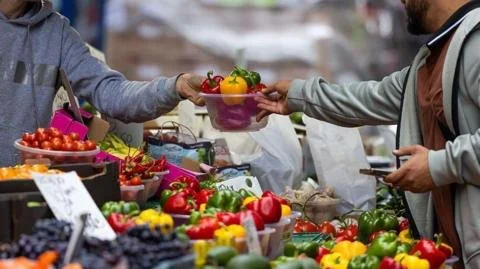Food Price Inflation: A Slowdown Amid Economic Uncertainty
In the UK, the increase in food and drinks prices is at its slowest rate in over a year, with the inflation rate holding steady at 3.8% for three consecutive months. Interestingly, September saw a slight decrease of 0.2% in the cost of food and non-alcoholic drinks, marking the first decline since May 2024. This decline is attributed to retailers’ discounting strategies and increased sales, particularly in vegetables, milk, cheese, eggs, and cereals. However, despite this positive trend, specific items such as red meat and chocolate continue to experience rising costs.
Chancellor Rachel Reeves expressed her dissatisfaction with the current inflation figures, emphasizing that inflation remains higher than the Bank of England’s target, while Shadow Chancellor Mel Stride highlighted how these inflation rates are affecting the cost of living. The food inflation rate saw a drop from 5.1% in August to 4.5% in September, but overall prices for consumers are still increasing year-on-year, albeit at a slower rate.
ONS Chief Economist Grant Fitzner labeled the slowdown in food price inflation as a positive sign, though cautioned that it is just one month’s data. Economic experts, including Paul Dales and James Walton, predict that while food prices may rise again, the peak in inflation might have already passed. These predictions align with general retail observations that while some staple prices like rice and bread have fallen slightly, overall grocery bills remain significantly higher than last year.
The inflation numbers for September are particularly significant as they play a crucial role in determining the uprating of benefits and state pensions in the coming years. Despite these fluctuations, the UK inflation rate remains far below the 11.1% peak in October 2022, which was the highest in 40 years, highlighting both progress and ongoing economic challenges that households face daily.

